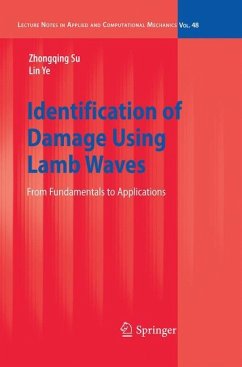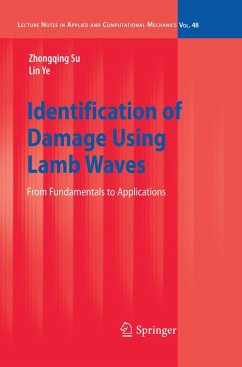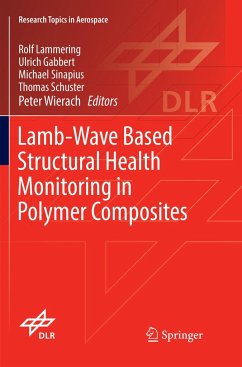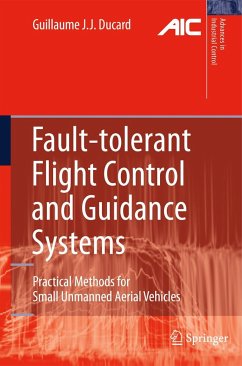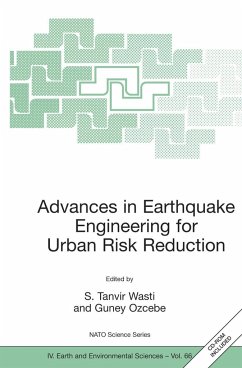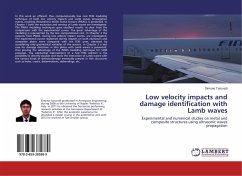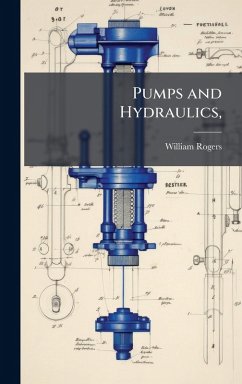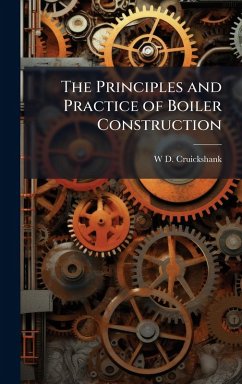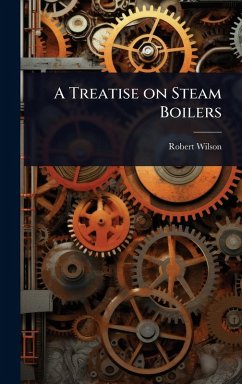
Damage Detection Using Lamb Waves for Structural Health Monitoring
Versandkostenfrei!
Versandfertig in über 4 Wochen
28,99 €
inkl. MwSt.
Weitere Ausgaben:

PAYBACK Punkte
14 °P sammeln!
Nondestructive structural health monitoring (SHM) is an evolving technology being developed for monitoring air and space systems. The information gathered on a system's structural integrity through SHM detection methods may result in reduced costly maintenance inspections, enhanced safety, and system failure predic- tions. This study evaluates Lamb wave approaches used to detect simulated cracks in laboratory experiments on thin plates to detect realistic damage in a test arti- cle representing the complex geometry of an existing aircraft bulkhead. We take a "hot-spot" monitoring approach, whe...
Nondestructive structural health monitoring (SHM) is an evolving technology being developed for monitoring air and space systems. The information gathered on a system's structural integrity through SHM detection methods may result in reduced costly maintenance inspections, enhanced safety, and system failure predic- tions. This study evaluates Lamb wave approaches used to detect simulated cracks in laboratory experiments on thin plates to detect realistic damage in a test arti- cle representing the complex geometry of an existing aircraft bulkhead. We take a "hot-spot" monitoring approach, where we monitor an area of the structure known to fail. In our experiments, we evaluated the use of piezoelectric generated tuned Lamb waves for crack detection. The use of Lamb waves, guided elastic waves in a plate, has shown promise in detecting highly localized damage due to the relatively short wavelengths of the propagating waves. We evaluated both pitch-catch and pulse-echo approaches for Lamb wave excitation and measurement. Crack detection is accomplished by comparing the responses from the damaged test article to the responses of the healthy test article. This work has been selected by scholars as being culturally important, and is part of the knowledge base of civilization as we know it. This work was reproduced from the original artifact, and remains as true to the original work as possible. Therefore, you will see the original copyright references, library stamps (as most of these works have been housed in our most important libraries around the world), and other notations in the work. This work is in the public domain in the United States of America, and possibly other nations. Within the United States, you may freely copy and distribute this work, as no entity (individual or corporate) has a copyright on the body of the work. As a reproduction of a historical artifact, this work may contain missing or blurred pages, poor pictures, errant marks, etc. Scholars believe, and we concur, that this work is important enough to be preserved, reproduced, and made generally available to the public. We appreciate your support of the preservation process, and thank you for being an important part of keeping this knowledge alive and relevant.



